






How did we find ourselves at the verge of a climate disaster?
What causes Climate Change? How does the global warming work? What are all the things that humans do that negatively affect the climate, and how do they compare? What are some potential solutions to these problems, and how should they be addressed?
When talking about climate change and providing solutions to it, it’s important to consider the problem as a composite of different factors rather than as one singular issue that needs a solution. There are many human activities that cause Climate Change, each with its own intricacies to understand and unravel in order to find a solution.
At the same time, it is true that the climate crisis is a consequence of a capitalistic society, whose primary goal is to create economic growth in the present, disregarding the future. It is important to address the human tendencies and lifestyle which are the driving force behind environmental degradation together with finding alternatives and solutions to anticipated or already created crises. What is it exactly that causes Climate Change, then? Let’s dig into it together.
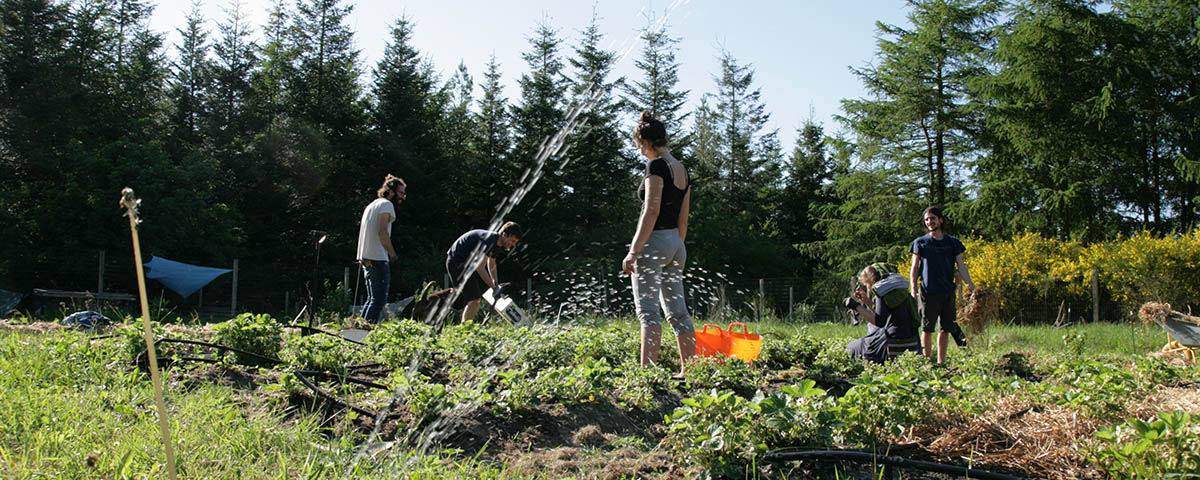
What is climate change?
Climate change is a change in weather patterns primarily caused by the increase of concentration of greenhouse gasses, of which the main culprit is carbon dioxide (CO2), along with methane (CH4) and nitrous oxides (N2O). Human actions largely contribute to emissions of these gasses into the air, steadily increasing its concentration in the atmosphere significantly since the industrial revolution. Actions that contribute to the global warming effect are burning of fossil fuels, intensive agriculture and cutting down of forests.
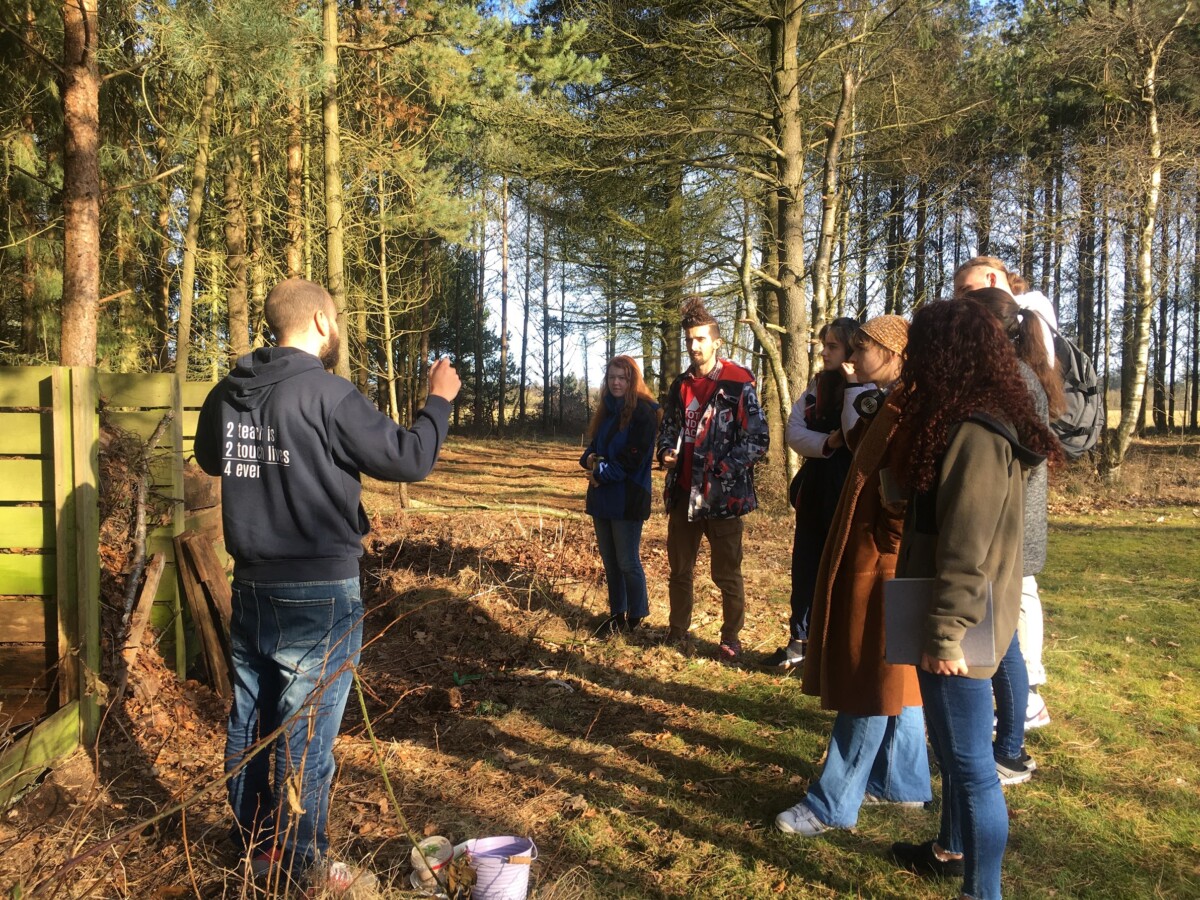
How do greenhouse gasses contribute to global warming?
To understand the mechanism behind global warming, it’s important to go into some physics and chemistry.
First up, chemistry. Carbon on earth can be divided to carbon in the atmosphere as part of the CO2 or CH4 molecule, and carbon stored in organic form which is in solid or liquid form. Organic carbon is the foundational building block of of molecules that make up all living material. It is stored in form of all living beings or dead decomposing matter, organic matter in the soil, or fossilised remains of plants (fossil fuels). Oil, coal and natural gas are made of organic matter such as trees or algae decomposing on ocean beds over millions of years.
Plants are capable of conducting a sensational chemical process called photosynthesis, which uses sun’s light to turn CO2 in the atmosphere into organic matter. This is how plants grow and get most of their weight; approximately 50% of the dry mass of the tree is carbon taken up from the atmosphere. Science still hasn’t figured out out how to replicate this process good enough to use it for our energy needs, even though it would be very desirable as a practical and eco-friendly energy source.
There is a natural balance between the CO2 in the atmosphere and the organic matter found on, or under the surface. Plants grow, taking up CO2, and then decompose or sometimes burn releasing CO2, but the balance remains the same and percentage of CO2 in the atmosphere has remained at a steady level of just under 0.3% for thousands of years. That is, until the humans came in and started massively burning the stored fossil fuels, cutting down forests or tilling soil in intensive agriculture. This releases all the stored carbon into the air, increasing the concentration of CO2 in the atmosphere. By 2021, the percentage of CO2 has reached 0.419%, which is more than a 40% increase since before the industrial revolution.
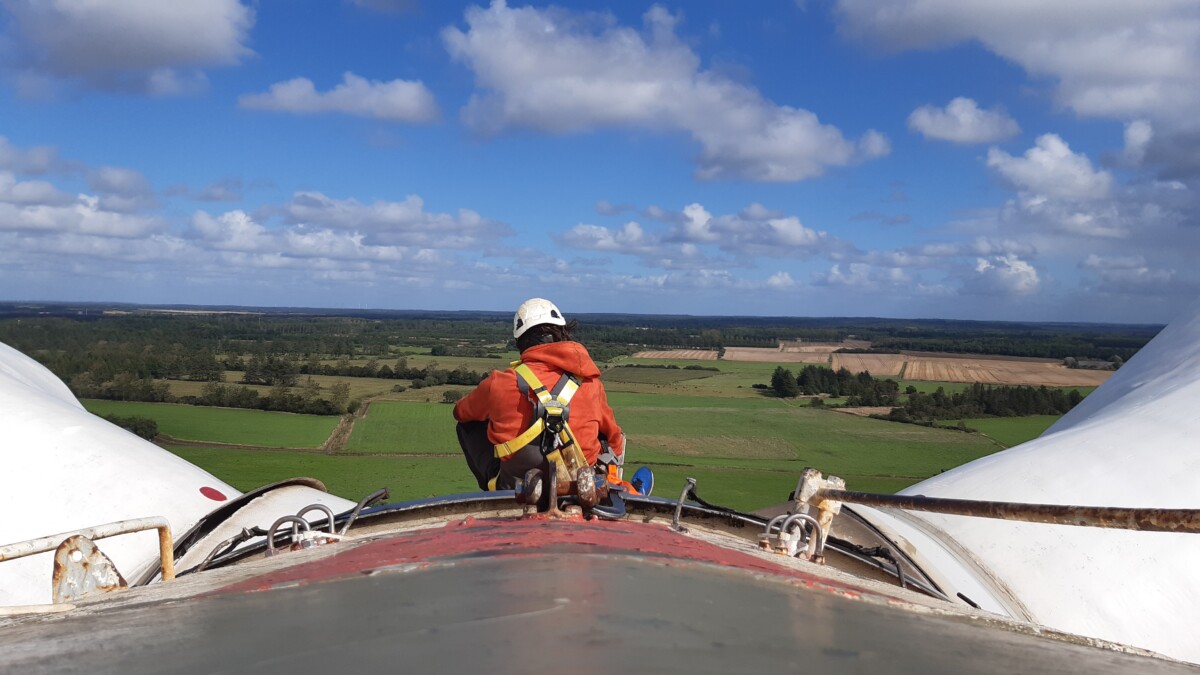
How does this warm the planet?
Here the physics come into play. Heat can move in 2 ways: convection – for ex. hot air exiting the room when you open the window, and radiation – for ex. heat leaving the room in the form of infrared radiation through the glass of a closed window. Visible light is a form of radiation, and it carries heat energy – when sun shines on you, your skin feels warm. Infrared light, however, is light that is invisible to the eye, but still carries heat energy. You can feel infrared radiation warming your skin when you’re sitting next to a bonfire. All warm objects emit infrared radiation, and that’s how infrared goggles can detect people’s bodies in the dark.
Scaling up, Earth’s surface is getting warmed by the light from the sun. If there were no atmosphere present, the warmth would quickly leave the planet in the form of infrared radiation back out into space. However when the warm surface of the Earth emits a ray of infrared light, this light has a chance of hitting a molecule of CO2 or some other greenhouse gas in the atmosphere, which absorbs the ray before it leaves, making it warmer. This is why, the more CO2 there is in the atmosphere, the more infrared light will be absorbed attempting to leave from the surface of the planet, and the warmer it will become.
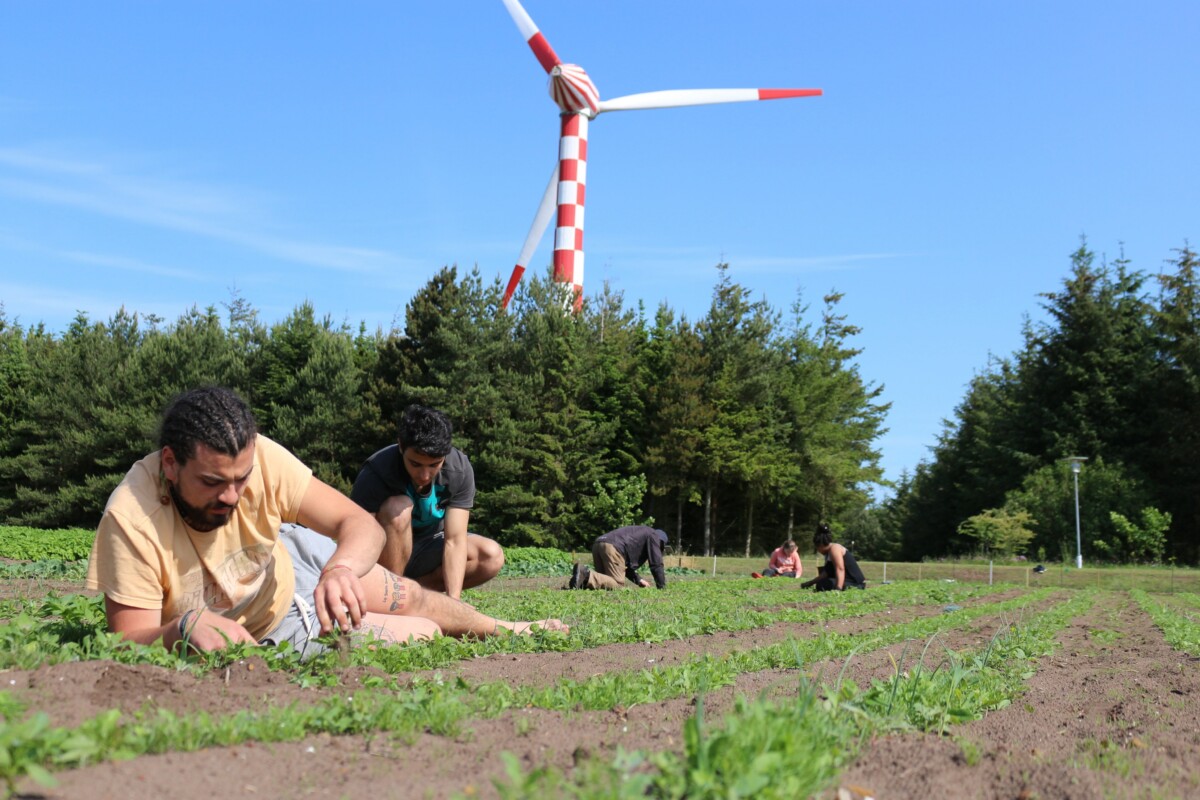
How have we caused this?
Burning of fossil fuels is one of the biggest culprits for climate change. Coal and gas generally burned in power plants to make electric energy. As of 2021, coal and gas make for 45% of production of electric energy in Europe. In the US the situation is much worse, where over 81% of energy production comes from fossil fuels. Another big consumer of fossil fuels is transportation, where oil products are used as automobile or jet fuel for either passengers or cargo. About a third of the oil in the world’s CO2 emissions are caused by burning of oil products.
Land use is another culprit that contributes to release of CO2 in the atmosphere. Forests are large stockpiles of organic carbon, both in the mass of the wood from the trees, but also in the soil, where their roots create a microbiome together with bacteria and fungi. When the forest is cut, the roots decay together with the biome underneath, releasing the stored carbon. Another part of land use is agriculture. The intensive farming methods currently used and supported will till the soil and turn it over, which exposes the soil microbiome. This leads to its death and decay, reducing the amount of organic matter in the ground and its subsequent release into the atmosphere as carbon dioxide.
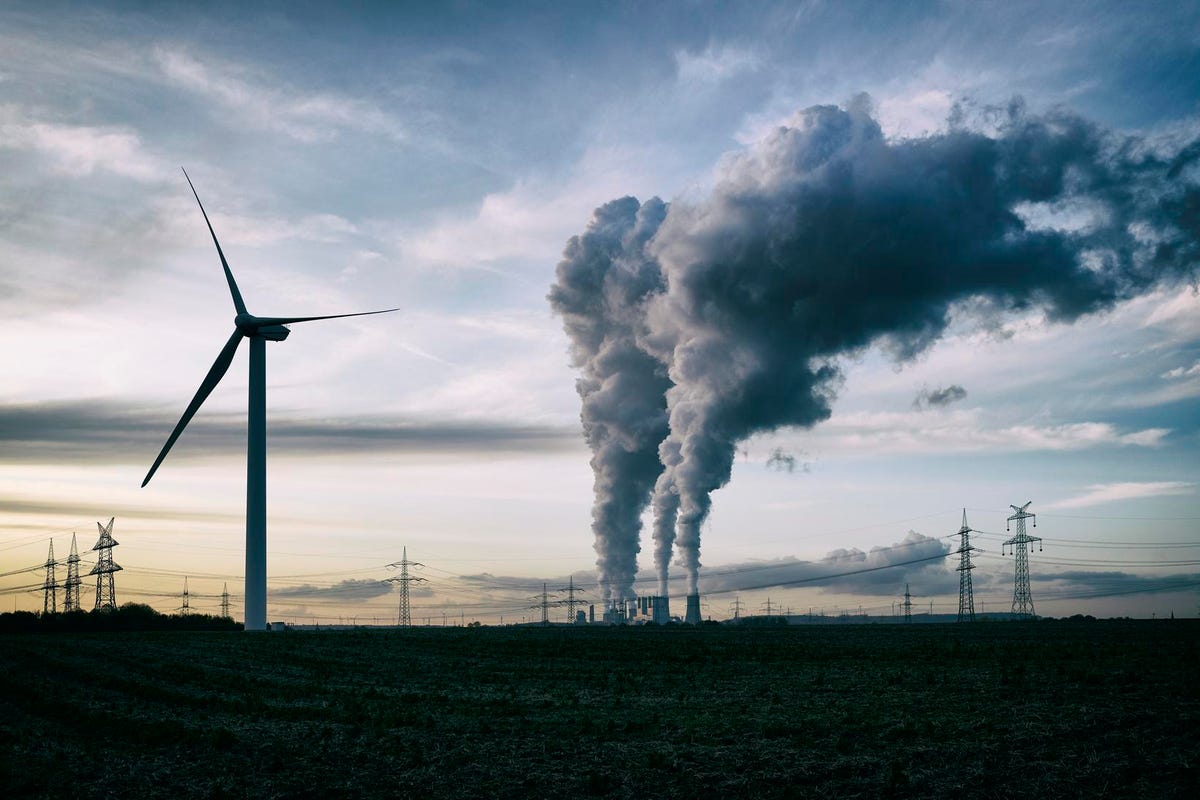
What is the extent of the problem?
As CO2 is currently getting emitted at a very high rate, the concentration of CO2 in the atmosphere is steadily rising. As seen on Figure 1, the average temperature on earth is linked to the CO2 concentration, so it rises as well. This means, that if we continue all human activity as we do now, the temperature will continue increasing at the rate it is increasing now, which will have guaranteed disastrous consequences on the planet.
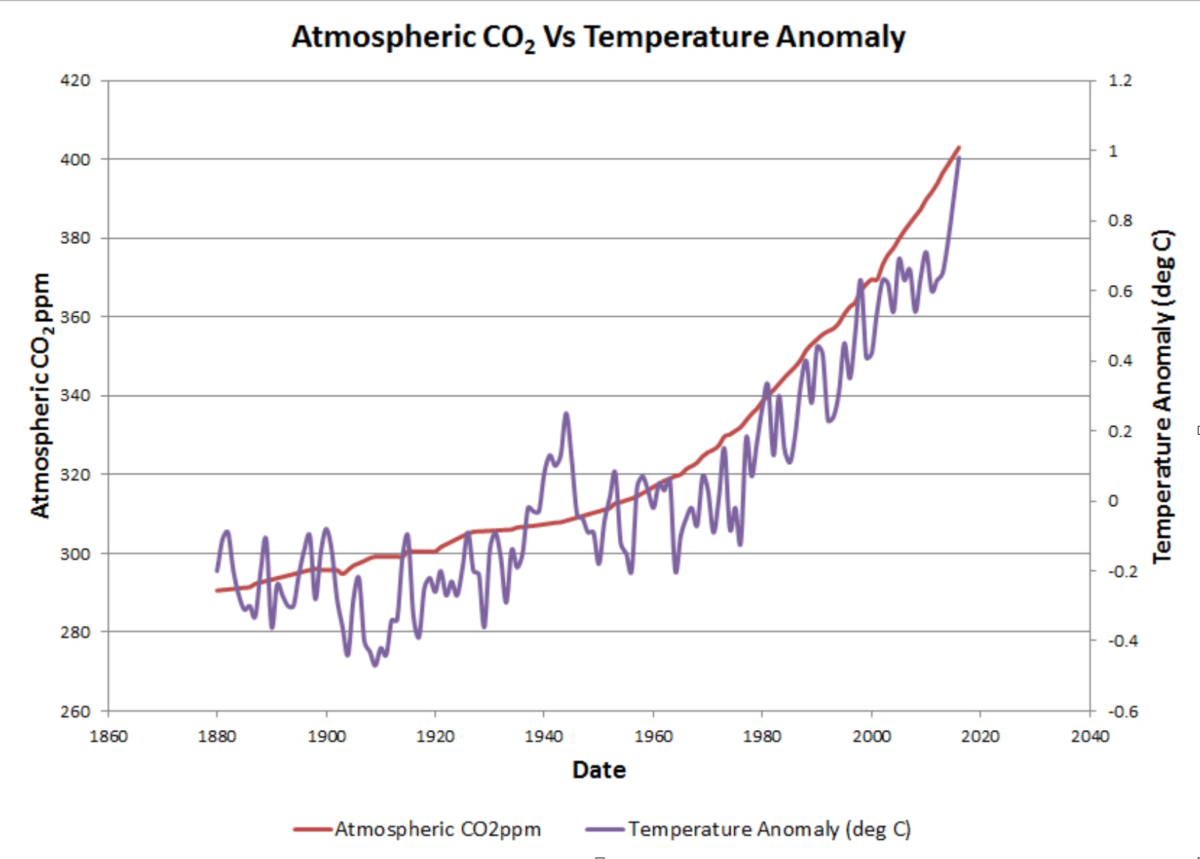
Figure 1. Percentage of CO2 in the Earth’s atmosphere, correlated with the average temperature. A clear correlation and increasing trend can be recognised.
There is a balance between the planet’s carbon and temperature. Artificially tipping that balance has largely unknown consequences, but some of them can be predicted already. These are the so called “tipping points”. There are many reserves of greenhouse gasses on earth, for instance frozen in the polar caps or trapped under permafrost. As temperatures increase and this ice melts, the gasses will get released, amplifying the negative effects in a feedback loop. This is why it’s important to stop the warming of the planet because it is not clear when these tipping points will be reached, and when they are reached, there is no way of reversing them.
Some of the consequences of increasing the temperature of the planet are unstable weather: frequent and intense drought, storms and hurricanes, heat waves, extreme cold. It takes a long time for ecosystems to adapt to changing climate, and the rate at which it’s happening leads to extinctions and destruction of natural habitat. Another large consequence is melting of glaciers, which leads to an increase in sea level causing displacement of people. Unstable weather also makes certain areas unsuitable for living because of intense droughts or frequent flooding, which also causes displacement, particularly in developing countries. Climate refugees might be becoming more and more common in the modern world.
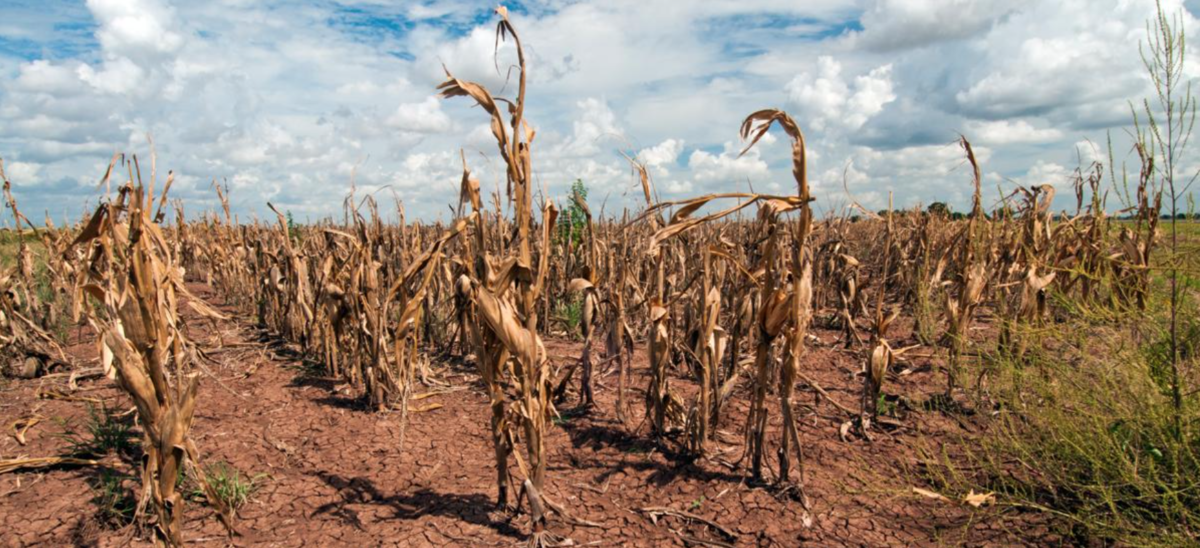
Figure 2. Droughts are a consequence of climate change. This makes food production in certain areas much harder.
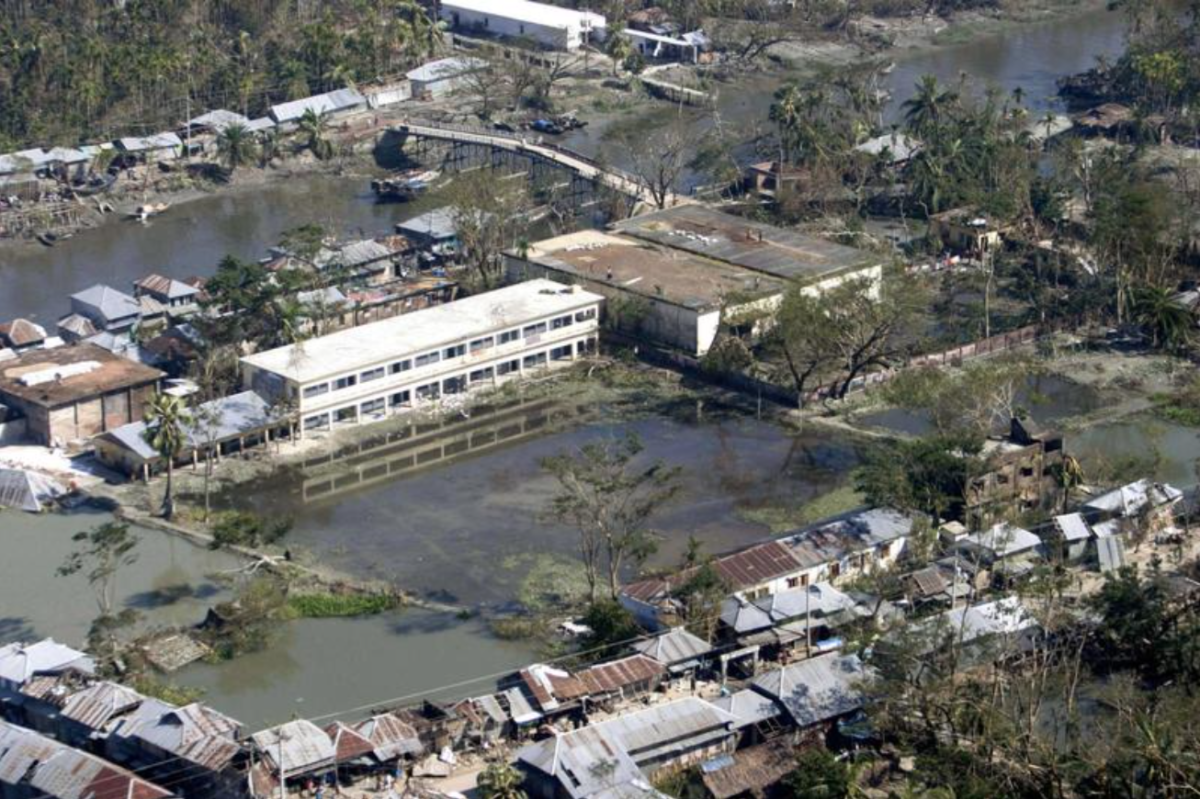
Figure 3. Flooding, as a combination of extreme weather and rising sea levels, is a consequence of climate change. The picture is of flooding in Bangladesh in 2007 which killed over 3000 people.
What should be done?
Right now humanity is on a course towards a doomsday scenario. It’s becoming apparent that if we want our future planet to be as habitable as it is today, drastic changes need to be undertaken right now to reduce, and ultimately halt our emissions of CO2 in the near future. This would require us to completely change the way we produce energy, and shift the focus away from fossil fuels. This is difficult because the current growth-oriented capitalistic model of society is very dependent on fossil fuel as a resource for quick and easy growth. Therefore, the most fundamental approach we can take is that of resisting the consumerist approach towards life we’ve been brought up in.
First, we need to recognize our role as a consumer in the society, and understand what consequences our actions have. For instance, buying 1kg of beef is equivalent to burning 20 kg of coal in CO2 and methane emissions. Second thing to recognize are our capacities as citizens of a democratic society. Even though, according to Noam Chomsky, society driven by capitalism curbs the benefits of democracy, an individual still has the power to get involved in the decision making processes of their government, and even more so by acting collectively together with a group of likeminded people. And what better cause to be together about than the imminent crisis our world is facing?
Finally, it’s important to educate future generations in order to build a conscious and sustainable society of the future. The way children are taught in schools influences their outlook on the environment, and their role and connection with it. It is very important to be taught from a young age to appreciate the nature and the benefits we get from the connection with nature. It is also important to teach critical thinking, as well as how to be an active citizen who understands their role in the society, but also the structure of society and power.
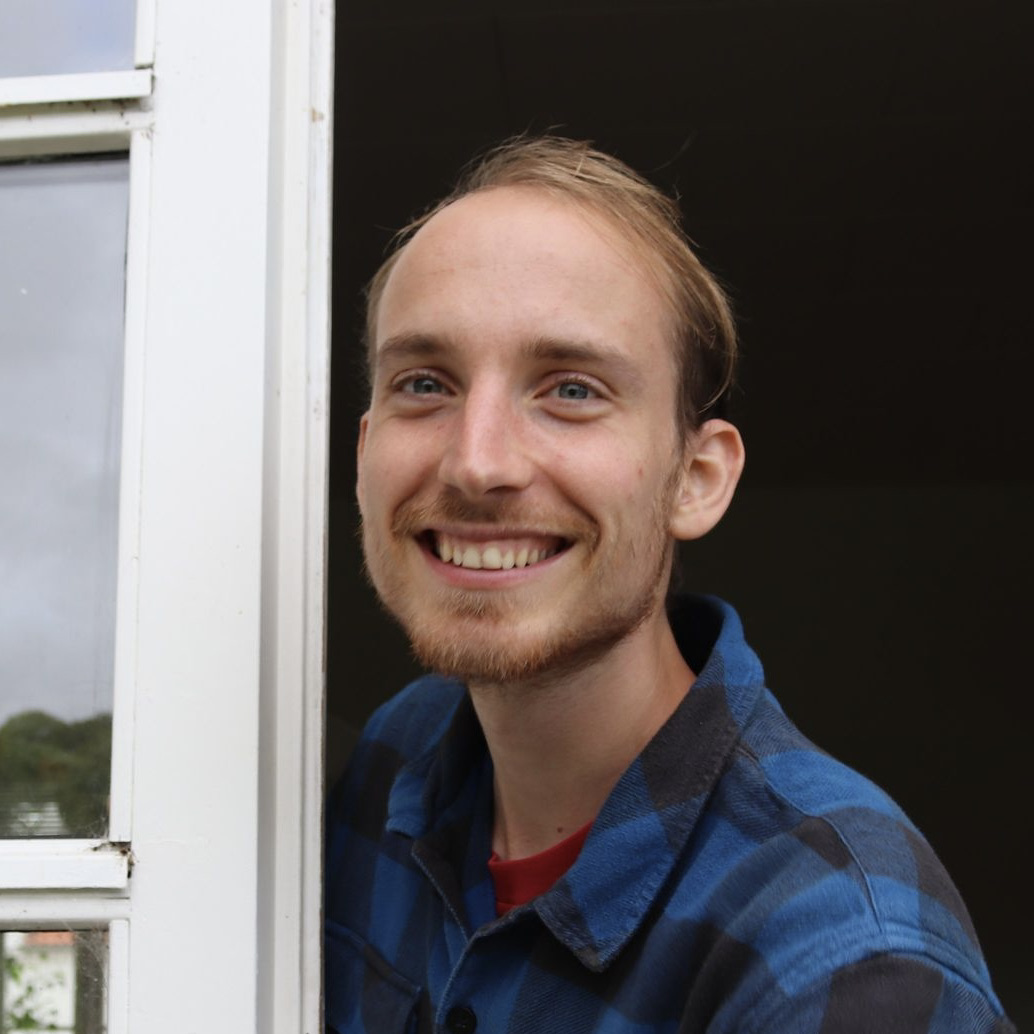
This article was originally written as an exam product by Damir, one of our students, under the subject of Teachers’ Ethics and Planet Protection. Read more about our curriculum here.
Teachers' Ethics and Planet Protection
Teachers’ Ethics and Planet Protection is one of the subjects our students encounter throughout their programme at DNS. The subject touches various topics related to the current environmental crisis and brings up a reflection on what is the role of teachers, students and educational institutions in this regard.
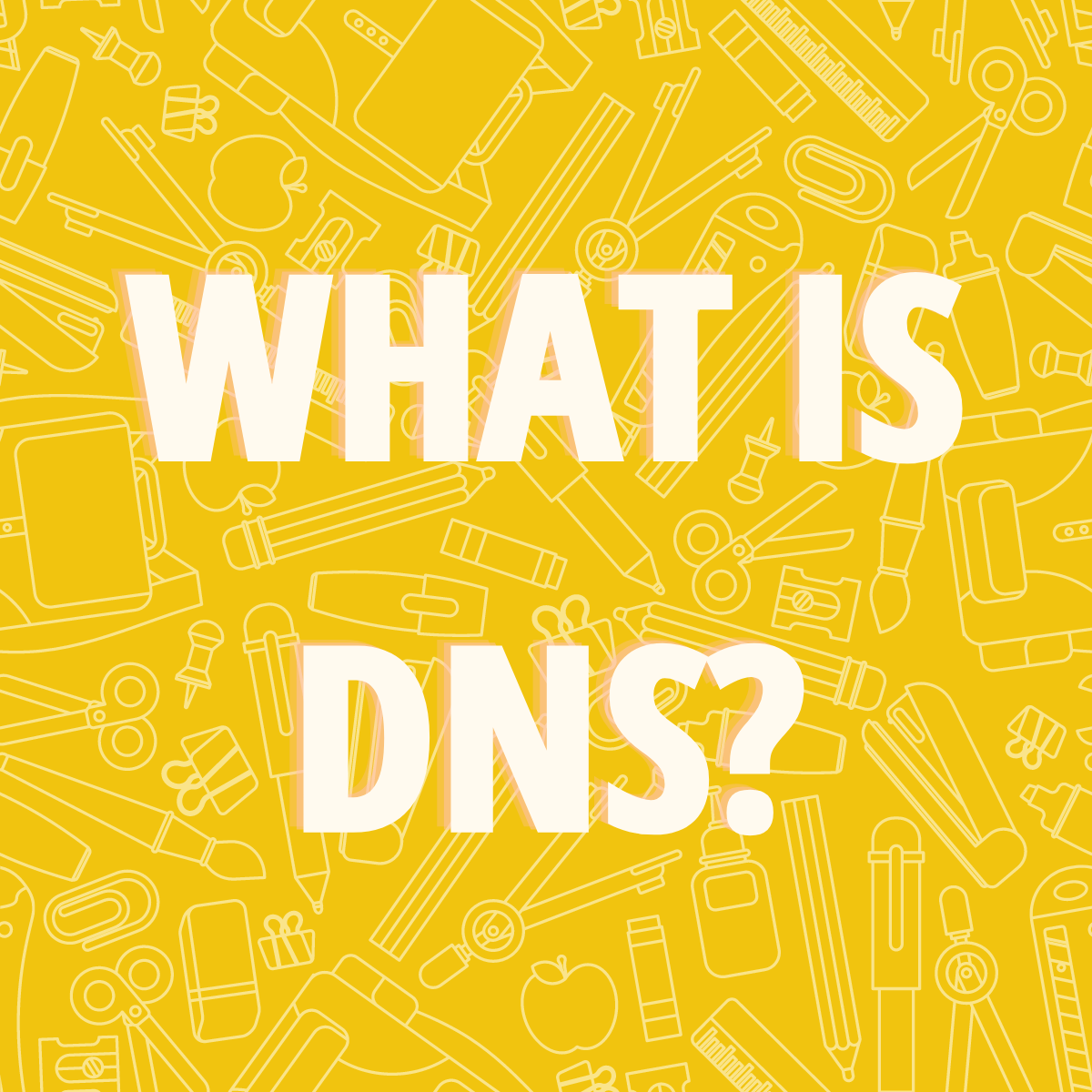
What is DNS?

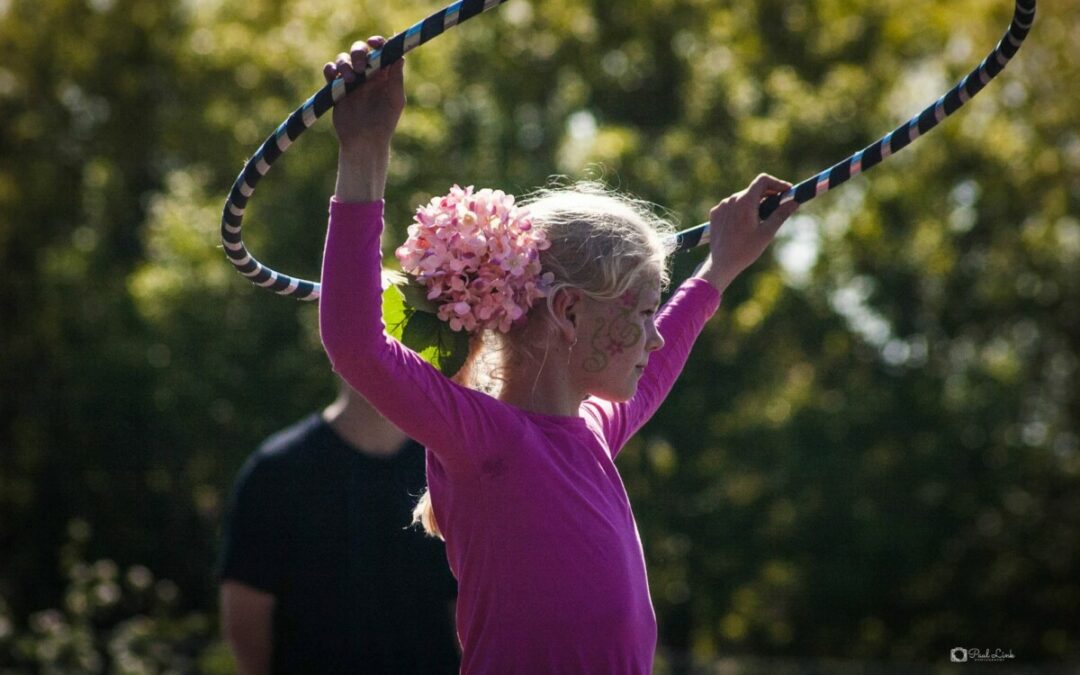
Student experiences: “Learning about Gamification in Adult Education”
In order for gamification in adult’s education to work, educators should resort to strategies such as promoting fun and engaging activities whilst creating a safe and supportive learning environment.
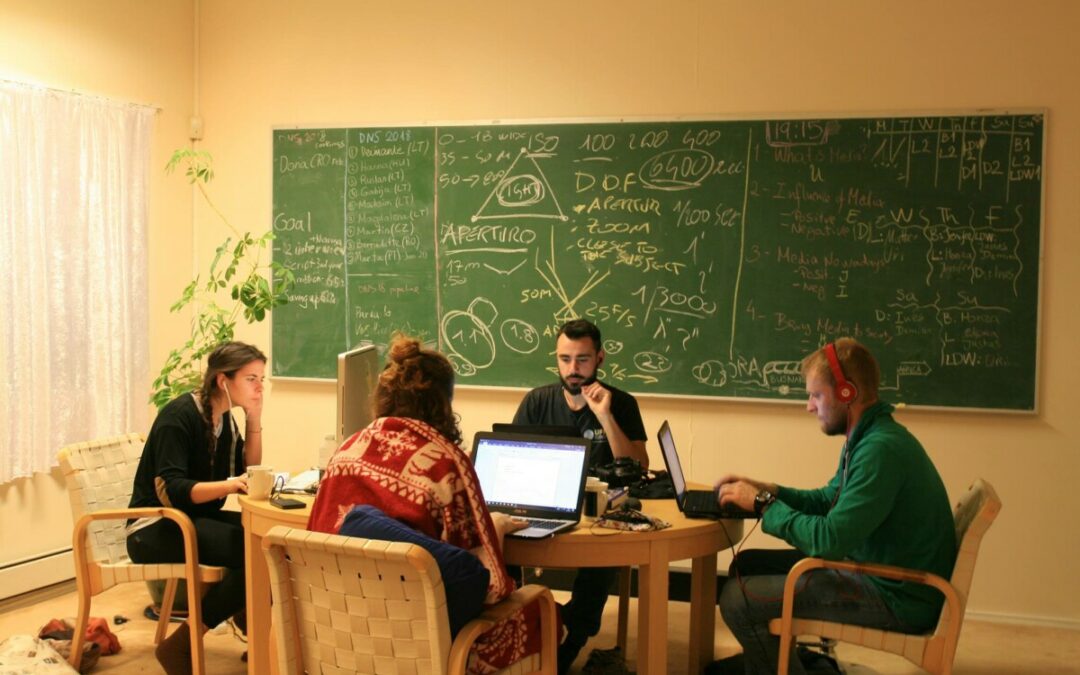
Transforming Education with these 5 unconventional Teaching Methods
These are five unconventional teaching methods – or learning, if you prefer – drawn from the experience of our Bachelor Programme in Alternative Education. We hope they’ll inspire you to approach learning for what it is – an engaging and fulfilling activity, at its core.
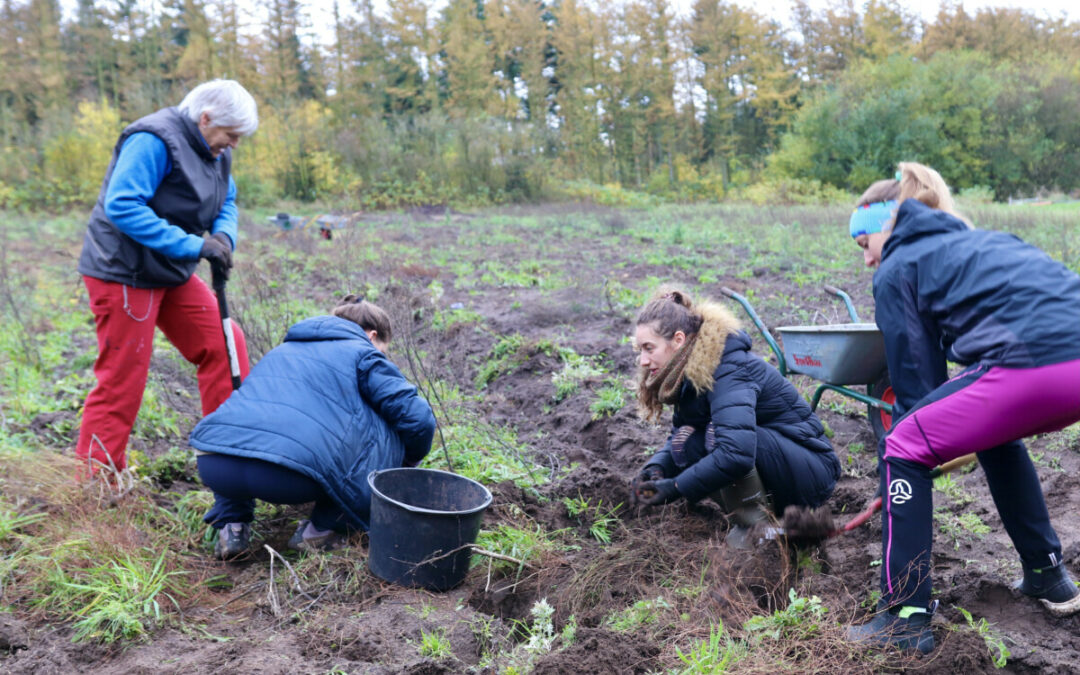
Student experiences: “We need intergenerational collaboration to face the Climate Crisis”
Intergenerational projects – like combining kindergarten and old age homes under the same roof – are showing us an enlightening new approach to planet protection.



Let’s start a discussion!
Did you like this article? Let us know what you think in a comment!
“It is important to educate future generations in order to build a conscious and sustainable society of the future.”
Here is what others think:


Student experiences: “Learning about Gamification in Adult Education”
In order for gamification in adult’s education to work, educators should resort to strategies such as promoting fun and engaging activities whilst creating a safe and supportive learning environment.

Transforming Education with these 5 unconventional Teaching Methods
These are five unconventional teaching methods – or learning, if you prefer – drawn from the experience of our Bachelor Programme in Alternative Education. We hope they’ll inspire you to approach learning for what it is – an engaging and fulfilling activity, at its core.

Student experiences: “We need intergenerational collaboration to face the Climate Crisis”
Intergenerational projects – like combining kindergarten and old age homes under the same roof – are showing us an enlightening new approach to planet protection.


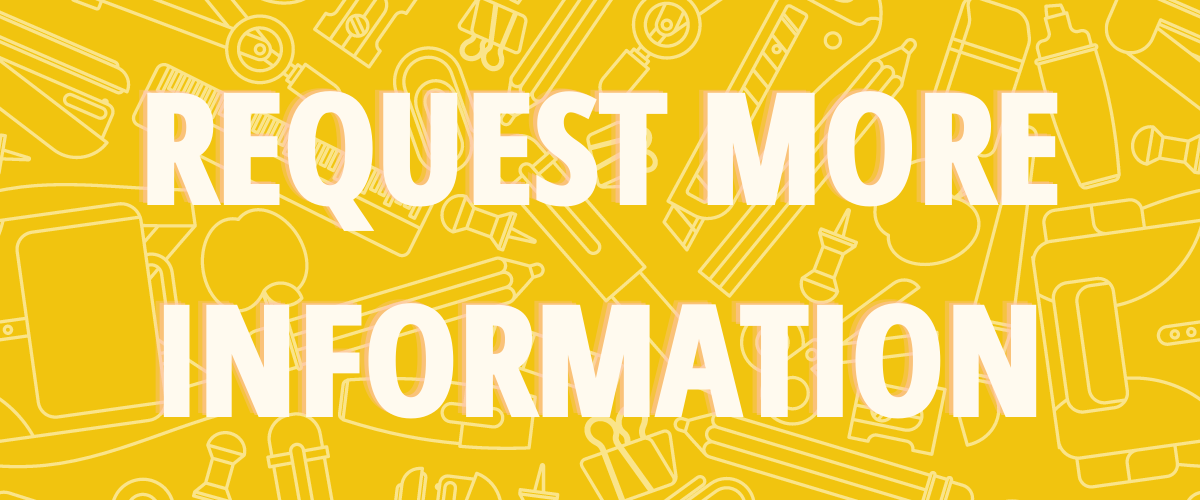

0 Comments